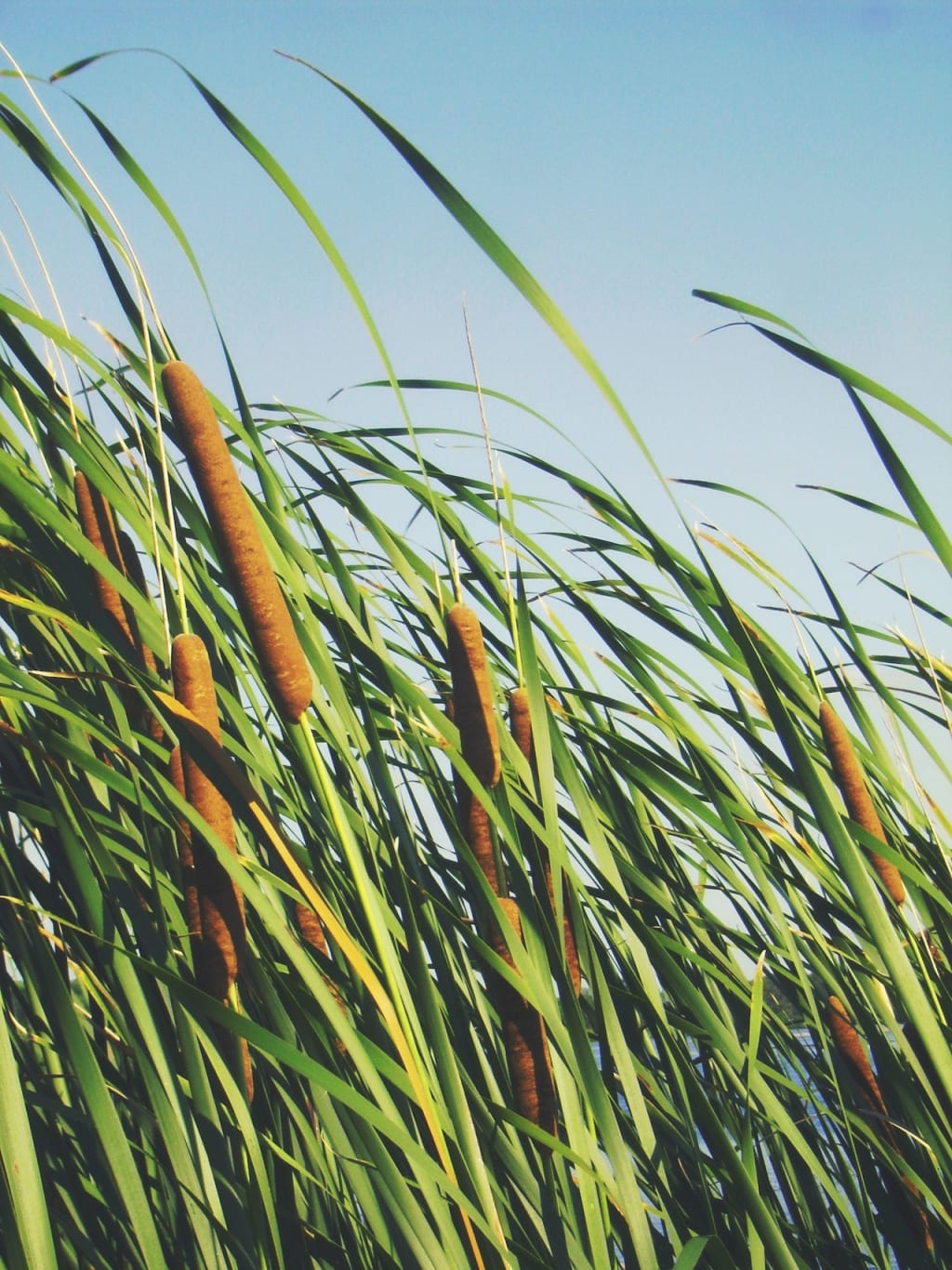
Exploring the Benefits of Wild Foods: How to Incorporate Them into Your Diet
Wild foods refer to the plants and animals that grow in the wild, without any human intervention or cultivation. For thousands of years, humans have been foraging for wild foods as a way to sustain themselves. However, in recent times, most of our food comes from industrial farming, and we have lost touch with the natural world. In this blog, we will explore the benefits of wild foods and provide tips on how to incorporate them into your diet.
Nutritional Value
Wild foods are often richer in nutrients than their cultivated counterparts. For example, wild berries are known to be higher in antioxidants than cultivated berries. Wild greens, such as dandelion greens or purslane, are also rich in vitamins and minerals. Wild game, such as deer or wild turkey, is leaner and higher in protein than farmed animals.
Eco-Friendly
Wild foods are environmentally sustainable because they require no artificial fertilizers, pesticides, or other chemicals. Foraging for wild foods also helps promote biodiversity in the ecosystem. By consuming wild foods, we can reduce our carbon footprint and support local ecosystems.
Better Flavor
Wild foods often have a more robust and unique flavor than their cultivated counterparts. This is because wild plants have to fight for survival and adapt to their environment, resulting in a more complex flavor profile. Wild game, such as venison or rabbit, has a distinct flavor that is not found in farmed animals.
Tips for Foraging Wild Foods
Before foraging for wild foods, it's essential to do your research and learn about the plants and animals in your area. Here are some tips for foraging wild foods:
1) Start Small
Start by foraging for familiar plants and easy-to-identify wild foods such as berries, dandelion greens, or mushrooms.
2) Get Permission
If you plan to forage on private land, make sure to obtain permission from the landowner. Check with local authorities for any regulations or restrictions on foraging in public lands.
3) Use a Field Guide
Bring along a field guide or a knowledgeable guide to help you identify wild foods in your area.
4) Avoid Toxic Plants
Avoid plants that are poisonous or that resemble poisonous plants. Some common poisonous plants include poison ivy, poison oak, and poison sumac.
5) Harvest Ethically
Only harvest what you need and leave enough for the plants or animals to thrive. Never uproot a plant unless it's an invasive species that needs to be removed.
Incorporating Wild Foods into Your Diet
Once you've foraged for wild foods, it's essential to know how to incorporate them into your diet. Here are some ideas:
1) Use Wild Greens in Salads
Wild greens, such as dandelion greens, chickweed, or nettle, make great additions to salads. They add a unique flavor and are rich in vitamins and minerals.
2) Cook with Wild Mushrooms
Wild mushrooms, such as chanterelles or morels, add depth and flavor to soups, stews, and pasta dishes.
3) Make Wild Berry Jam
Wild berries, such as blackberries, blueberries, or raspberries, make delicious jams or preserves. They are higher in antioxidants than cultivated berries.
4) Try Wild Game
Wild game, such as deer, elk, or rabbit, is leaner and has a distinct flavor that is not found in farmed animals. It's also higher in protein and lower in fat than farmed meat.
Conclusion
Foraging for wild foods is an excellent way to connect with nature and enjoy the many benefits of natural foods. Wild foods are more nutrient-dense, eco-friendly, and have a better flavor than their cultivated counterparts. By incorporating wild foods into
If you are interested in wild food, please click here for more information.





Comments
Bystander is not accepting comments at the moment
Want to show your support? Send them a one-off tip.